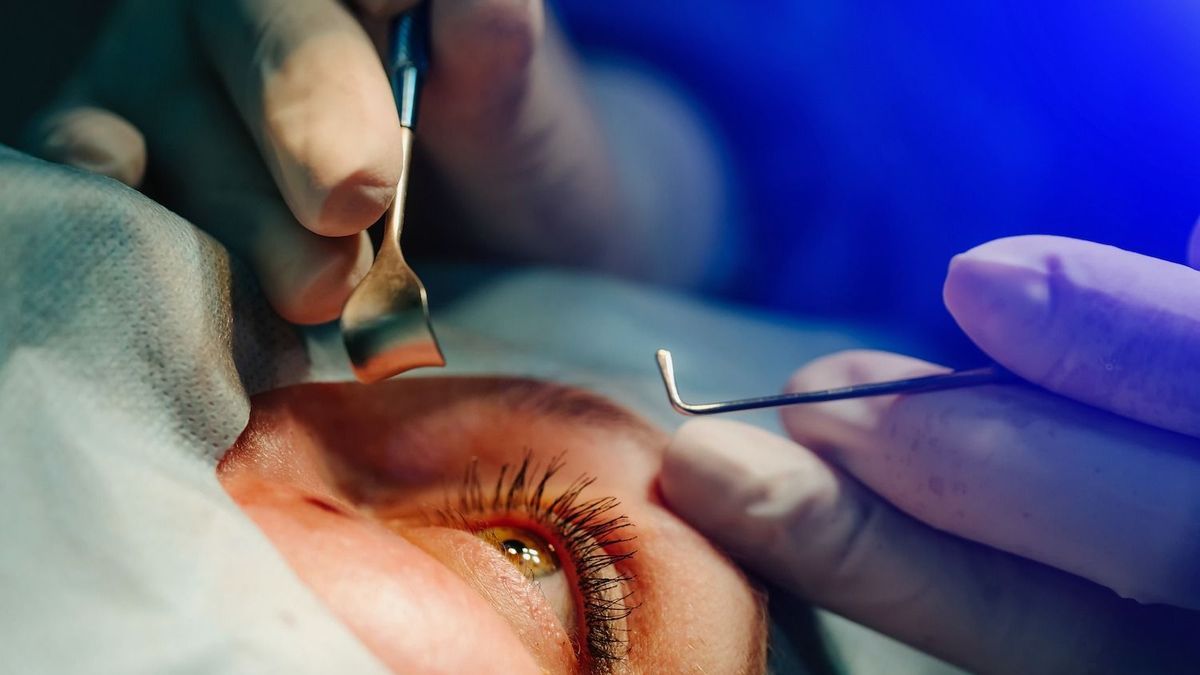
According to an alert from the Medicines Agency (ANSM), several thousand intraocular lenses, implanted in the eye during cataract operations, present a quality defect. Update on this announcement.
Bad news for cataract patients. Lenses manufactured by the companies Nidek Co Ltd and STAAR Surgical Japan are originally “cases of ocular hypertonia“, warns the National Medicines Safety Agency (ANSM) in its new press release.
Two lens models are incriminated
The medicines agency specifies that lenses which present a quality defect and which may be responsible for ocular hypertonia (increased pressure inside the eye, editor’s note), belong to certain batches of the following models:
- Eyecee One (Nidek).
- KS-SP (STAAR).
These two models are likely to have been fitted to patients undergoing cataract surgery between December 10, 2021 and March 30, 2023. However, the figures are significant: nearly 60,000 “Eyecee One” lenses from Nidek Co Ldt and 59 000 “KS-SP” lenses from STAAR are affected by this quality defect – almost 120,000 lenses in total.
The ANSM specifies that the implanting center will contact all the people concerned.
As a precautionary measure, the companies Nidek and STAAR have recalled all the lenses concerned from the implanting centers in Europe. They are therefore no longer available or used on the French market.
Defective lenses: the risks involved
Still according to the drug agency, patients who wear these lenses risk a “ocular hypertonia“, that is to say an increase in pressure inside the eye – greater than 21 mmHG. However, although painless, prolonged intraocular hypertonia risks damaging the optic nerve: the field vision then gradually diminishes. This is what we call glaucoma.
In fact, the ANSM warns wearers of the incriminated lenses. She also recalls “that to date, the majority of cases of hypertonus have been reported in the month following cataract surgery“.
